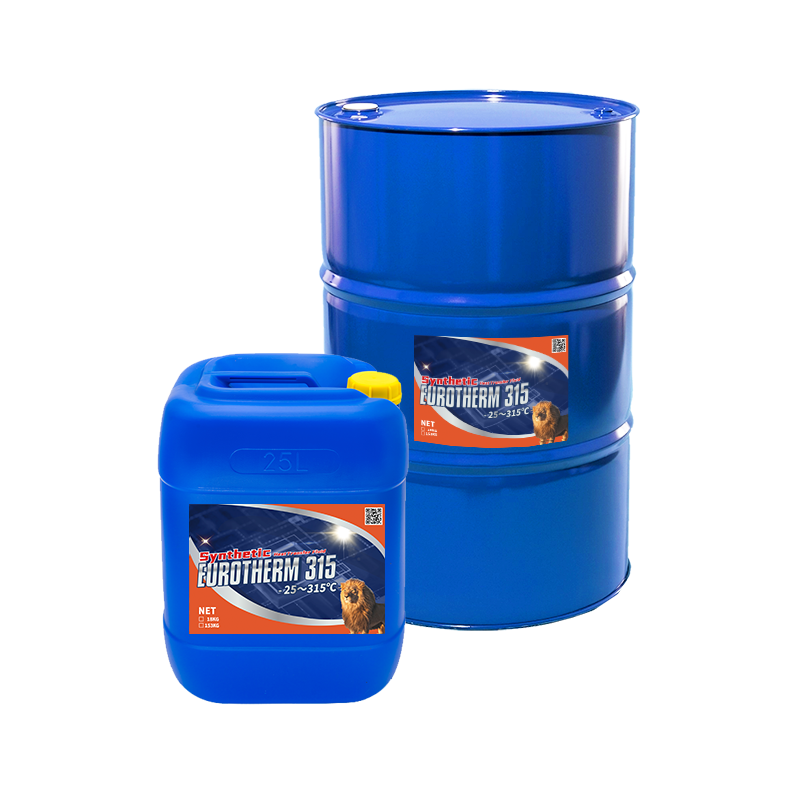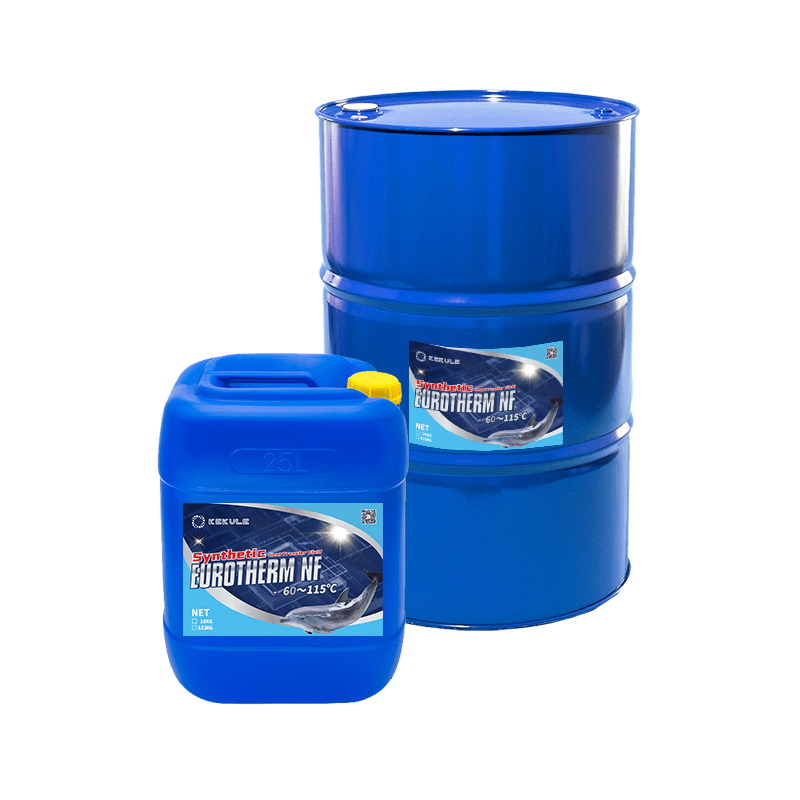The Ultimate Guide To Chemie
The Ultimate Guide To Chemie
Blog Article
Chemie for Beginners
Table of ContentsChemie Fundamentals ExplainedThe 8-Minute Rule for ChemieSee This Report on ChemieNot known Details About Chemie See This Report on ChemieThe 8-Minute Rule for Chemie
By Bojanna Shantheyanda, Sreya Dutta, Kevin Coscia and David SchiemerDynalene, Inc. Liquid cooling, which can be achieved using indirect or direct means, is made use of in electronics applications having thermal power densities that might go beyond risk-free dissipation through air cooling. Indirect liquid air conditioning is where heat dissipating digital elements are literally divided from the fluid coolant, whereas in situation of straight air conditioning, the elements are in straight call with the coolant.In indirect cooling applications the electrical conductivity can be important if there are leaks and/or splilling of the fluids onto the electronic devices. In the indirect cooling applications where water based liquids with corrosion preventions are typically used, the electrical conductivity of the fluid coolant primarily depends upon the ion focus in the liquid stream.
The boost in the ion concentration in a closed loophole liquid stream might happen as a result of ion leaching from metals and nonmetal elements that the coolant liquid touches with. During procedure, the electric conductivity of the fluid may enhance to a degree which could be dangerous for the air conditioning system.
5 Simple Techniques For Chemie
(https://www.openstreetmap.org/user/chemie999)They are grain like polymers that are capable of exchanging ions with ions in a remedy that it touches with. In today job, ion leaching examinations were executed with various metals and polymers in both ultrapure deionized (DI) water, i.e. water which is treated to the highest levels of pureness, and low electrical conductive ethylene glycol/water combination, with the measured modification in conductivity reported in time.
The examples were enabled to equilibrate at space temperature for two days prior to recording the first electrical conductivity. In all tests reported in this study fluid electric conductivity was determined to an accuracy of 1% utilizing an Oakton disadvantage 510/CON 6 collection meter which was calibrated prior to each measurement.
Chemie - An Overview
from the wall heating coils to the center of the heater. The PTFE example containers were positioned in the heater when consistent state temperature levels were reached. The test setup was eliminated from the heater every 168 hours (7 days), cooled down to space temperature with the electrical conductivity of the fluid measured.
The electrical conductivity of the fluid sample was kept track of for a total of 5000 hours (208 days). Schematic of the indirect closed loop cooling experiment set up. Components made use of in the indirect closed loop cooling down experiment that are in call with the liquid coolant.

All about Chemie
Throughout procedure the fluid reservoir temperature level was preserved at 34C. The adjustment in fluid electrical conductivity was checked for 136 hours. The liquid from the system was gathered and stored. In a similar way, closed loophole test with ion exchange resin was executed with the very same cleansing procedures employed. The initial electrical conductivity of the 230ml UP-H2O in the system determined 1.84 S/cm.

0.1 g of Dowex material was contributed to 100g of fluid examples that was taken in a different container. The blend was mixed and transform in the electric conductivity at area temperature was measured every hour. The gauged change in the electrical conductivity of the UP-H2O and EG-LC test fluids including polymer or metal when engaged for 5,000 hours at 80C is shown Number 3.
Some Of Chemie
Figure 3. Ion leaching experiment: Calculated modification in electric conductivity of water and EG-LC coolants including either polymer or steel examples when submersed for 5,000 hours at 80C. The results suggest that metals contributed fewer ions into the fluids than plastics in both UP-H2O and EG-LC based coolants. This can be due to a thin metal oxide layer which may work as an obstacle to ion leaching and cationic diffusion.
Liquids consisting of polypropylene and HDPE displayed the most affordable electric conductivity changes. This could be as a result of the brief, rigid, linear chains which are less most likely to add ions than longer branched chains with weaker intermolecular forces. Silicone additionally carried out well in both examination fluids, as polysiloxanes are usually chemically inert as a result of the high bond energy of the silicon-oxygen bond which would certainly protect against deterioration of the material right into the fluid.
The Chemie Ideas
It would certainly be expected that PVC would produce similar results to those of PTFE and HDPE based on the comparable chemical structures of the products, nevertheless there may be various other impurities present in the PVC, such as plasticizers, that may impact the electrical conductivity of the fluid - dielectric coolant. In addition, chloride teams in PVC can likewise seep right into the test fluid and can trigger an increase in electrical conductivity
Buna-N rubber and polyurethane revealed indicators of degradation and thermal disintegration which recommends that their possible energy as a gasket or glue product at higher temperatures might lead to application problems. Polyurethane entirely disintegrated right into the test fluid by the end of 5000 hour test. Number 4. Before and after photos of metal and polymer published here examples immersed for 5,000 hours at 80C in the ion leaching experiment.
Measured adjustment in the electric conductivity of UP-H2O coolant as a feature of time with and without material cartridge in the shut indirect cooling loop experiment. The gauged adjustment in electric conductivity of the UP-H2O for 136 hours with and without ion exchange material in the loophole is revealed in Figure 5.
Report this page